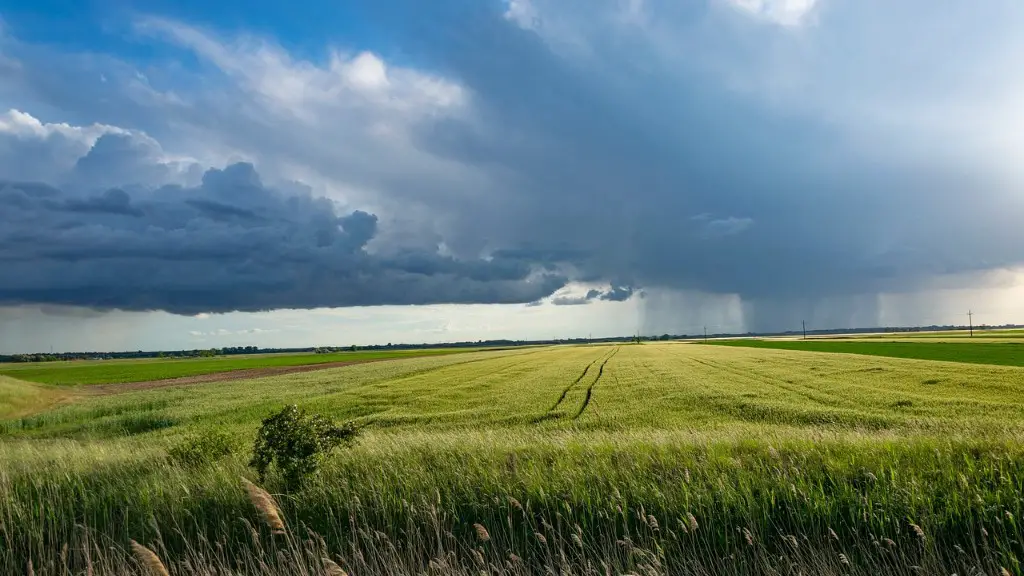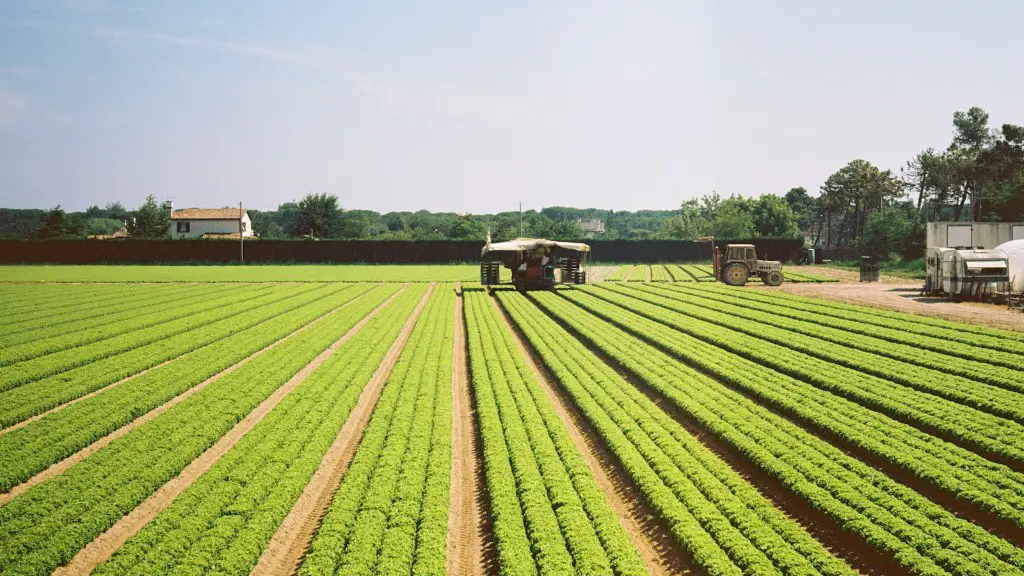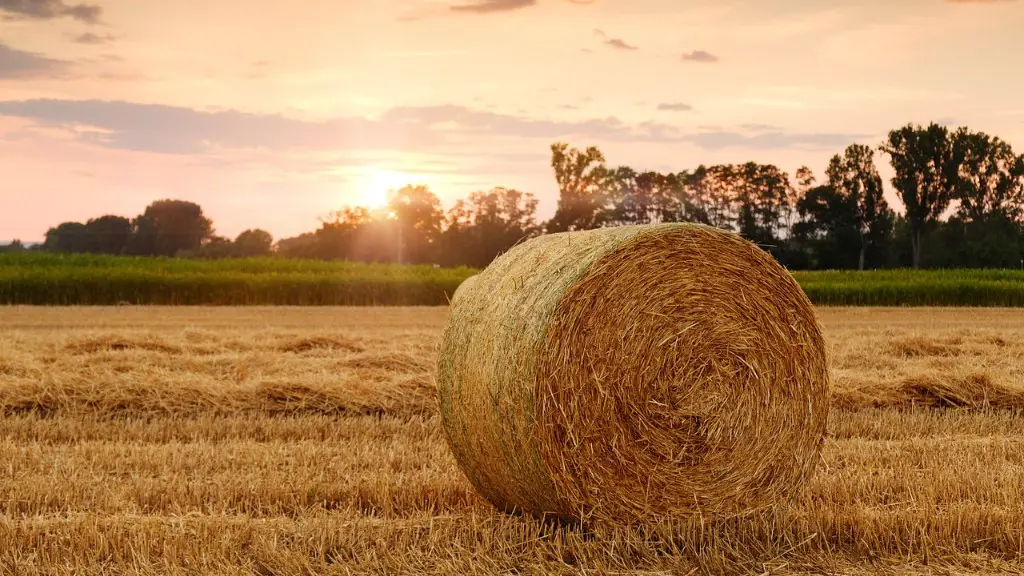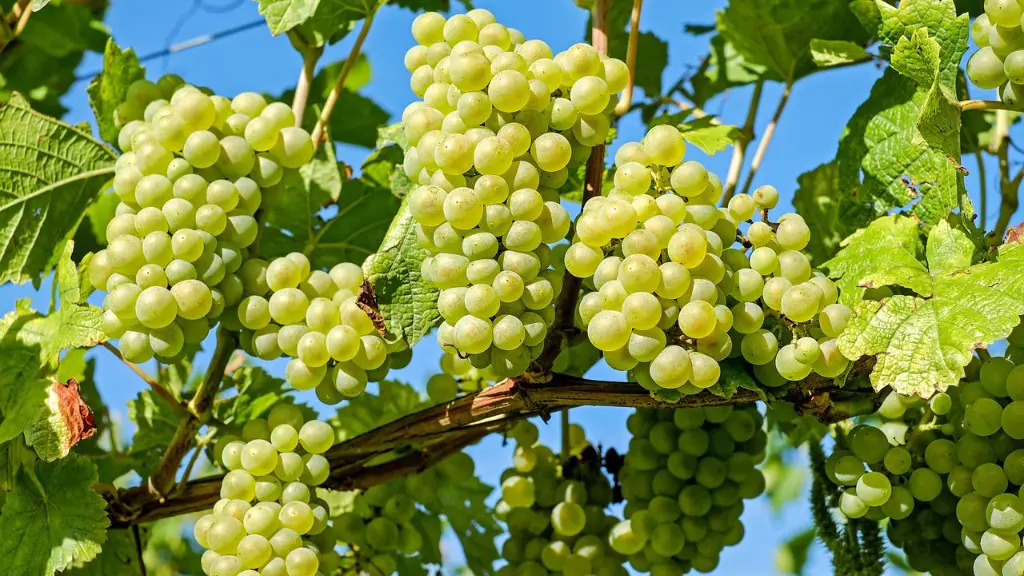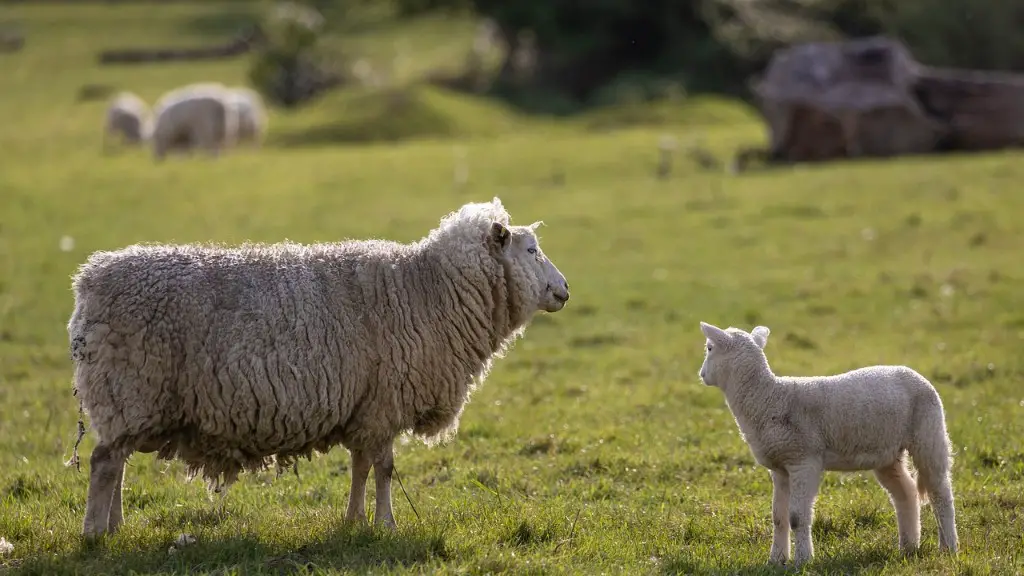Slash and burn agriculture is a type of farming that involves cutting down trees and burning them in order to clear land for planting crops. This type of farming is often used in tropical regions where there is a lot of vegetation. Slash and burn agriculture can be very harmful to the environment, as it destroys forests and releases greenhouse gases into the atmosphere. Additionally, this type of farming is not very productive, as the soil only supports crops for a few years before it becomes depleted.
There is no one-size-fits-all answer to this question, as the best way to stop slash and burn agriculture will vary depending on the specific context and location in which it is occurring. However, some possible solutions include promoting and adopting more sustainable farming practices, increasing access to education and information about alternative farming methods, providing financial incentives for farmers to switch to more sustainable practices, and increasing enforcement of existing laws and regulations against slash and burn agriculture.
How can we prevent slash and burn agriculture?
Fertilization is a process whereby nutrients are added to the soil in order to replenish its supply. This is beneficial for crops because it allows them to access the nutrients they need in order to grow, and also means that the same plot of land can be used over and over without the soil being exhausted. This is in contrast to slash and burn agriculture, which can lead to soil depletion and ultimately, a decline in crop yields.
Biochar is a type of charcoal that is produced by pyrolysis, which is the process of burning biomass in the absence of oxygen. Biochar can be used as a soil amendment to improve soil fertility and increase crop yields. Unlike slash and burn farming, which releases harmful air pollutants into the atmosphere, biochar produces little air pollution and can actually improve air quality by sequestering carbon dioxide. In addition, biochar can help to improve soil fertility by increasing the soil’s ability to retain water and nutrients.
What is the problem with slash and burn agriculture
Slash and burn agriculture can have significant negative impacts on the environment, including soil erosion, landslides, water contamination, and dust clouds. Without trees and vegetation to anchor the soil, it can be easily washed away or blown away during extreme weather conditions.
Slash and burn agriculture is a type of subsistence agriculture that is often used in areas with tropical forests. It involves cutting down the vegetation in a particular plot of land, setting fire to the remaining foliage, and using the ashes to provide nutrients to the soil for the use of planting food crops. This type of agriculture often leads to deforestation and soil degradation, as well as air pollution from the burning of the vegetation.
How can slash and burn be sustainable?
Slash and burn agriculture is a type of subsistence agriculture that involves cutting down and burning vegetation in order to clear land for planting. It is typically only sustainable when population levels are low and arithmetic population density is low. This is because when population levels are high, the amount of land that needs to be cleared in order to support the population becomes too great, and when arithmetic population density is high, the amount of time that the land needs to be left fallow in order to regenerate becomes too long.
Slash-and-burn is a type of agriculture where farmers clear a piece of land by cutting down all the trees and burning the remaining vegetation. They then plant crops on the newly cleared land and cultivate them for a few years until the soil becomes nutrient-poor and unable to support crops. The farmers then move on to a new piece of land and repeat the process.
This type of agriculture is ecologically sustainable because it doesn’t deplete the soil of nutrients. The farmers are able to move on to new land before the soil becomes too nutrient-poor to support crops. This allows the land to recover and become fertile again.
How do you control a burn field?
Wildfires can be devastating to both people and nature. By reducing the amount of overgrowth, dead trees and underbrush in an area, it reduces the risk of an area igniting into an uncontrollable wildfire. The less fuel fire has, the more quickly it will burn out and the more containable it will be. This is important not only for the safety of those in the area, but also for the preservation of the natural surroundings.
First-degree burns are the most common and least serious type of burn. They can be caused by the sun, fire, hot liquids, or chemicals. To prevent first-degree burns:
-Wear broad-spectrum sunscreen or sunblock with an SPF of 30 or higher to prevent sunburn
-Keep hot cooking pots on the back burners with the handles turned toward the center of the stovetop to prevent accidents
-Maintain a safe distance from fire pits, grills, and fireworks
-Avoid contact with hot liquids, such as coffee or tea, and chemicals
Does slash and burn increase soil fertility
The slash and burn process of clearing land for agriculture is beneficial because it releases nutrients into the soil which fertilize it. This process leaves the soil in excellent condition to grow crops.
Slash-and-burn agriculture is a type of agriculture where farmers clear a piece of land by cutting down all the trees and burning the remaining vegetation. This land is then used to grow crops for a few years until the soil becomes depleted of nutrients and the farmer must move on to a new piece of land. This cycle of clearing and moving can lead to the loss of large amounts of soil organic matter and ultimately to soil degradation.
What impact does slash and burn agriculture have on animals?
Negative impacts of Slash-and-Burn agriculture include loss of habitat for wildlife causing loss of biodiversity, and high carbon dioxide emissions from burning trees, causing an increase in greenhouse gases.
Slash-and-burn agriculture is a type of farming where Byrnecutters clear vegetation with machetes, and then set fire to the remaining vegetation. This type of farming is responsible for the loss of around 50 acres of land every hour worldwide. One of the issues with slash and burn is that fires intentionally set can unintentionally spread throughout the forest. When fire spreads to unintended areas, the protective forest canopy is destroyed.
Does slash and burn cause global warming
Burning organic materials on a large scale contributes to global climate change by releasing greenhouse gases into the atmosphere. Greenhouse gases trap heat and cause the Earth’s atmosphere to warm, which can lead to drastic changes in weather patterns and an overall increase in global temperatures. Slash-and-burn agriculture is a common practice in many parts of the world and is a major contributor to climate change.
Organic agriculture is a great option for those who are looking for a more sustainable way of farming. This method of farming focuses on using biological fertilizers and methods of pest control, which can help to optimize the energy and nutrient cycles in the ecosystem. This can help to make your farming efforts more sustainable in the long run.
What are two major drawbacks of slash and burn agriculture?
Slash-and-burn agriculture is a type of agriculture that involves the cutting and burning of vegetation in order to clear land for planting. This type of agriculture is often used in areas where there is little to no infrastructure or agricultural support, making it a popular method for subsistence farmers. However, slash-and-burn agriculture can also have negative effects on the environment.
The main scourges of slash-and-burn are habitat destruction, erosion, smoke, rapidly falling productivity, and increasing pests in short-fallow systems. Slash-and-burn agriculture often leads to the loss of valuable topsoil, as well as the loss of trees and other vegetation that help to stabilize the soil. The smoke from the burning vegetation can also cause air pollution and respiratory problems for people and animals nearby. Additionally, the productivity of the land often declines rapidly after it has been cleared, as the soil loses its nutrients and becomes less able to support crops. Finally, in short-fallow systems, the slash-and-burn cycle can lead to increased pest problems, as there is less vegetation to act as a natural barrier against pests.
All of these negative effects of slash-and-burn agriculture underscore the importance of using this type of agriculture only
Agricultural burning is a useful tool for farmers to remove crop residues, prunings and weeds. Burning also helps prevent disease and control pests. However, agricultural burning can also be a source of air pollution.
What time of year do farmers burn fields
Spring is an important time for farmers to take great care of their land. Setting fires during this time can help to control the growth of vegetation and also help to clear out old growth. However, it is important to pick a day with little wind so that the fire does not become large and uncontrollable.
If you have a burn, it is important to not use cream, lotion, oil, cortisone, butter, or egg white. If you need to, you can protect the burn from rubbing and pressure with a sterile non-stick gauze (petrolatum or Adaptic-type) that is lightly taped or wrapped over it. You should not use a dressing that can shed fibers, because they can get caught in the burn.
Warp Up
Slash and burn agriculture is a type of farming where farmers clear a patch of land by cutting down all the trees and burning the dead vegetation. They then plant crops in the cleared land and when the crops are ready, they set fire to the field to clear it again. This type of farming is very harmful to the environment because it destroys forests, emits a lot of greenhouse gases, and causes soil erosion. There are a few things that can be done to stop slash and burn agriculture:
-Educating farmers about the dangers of slash and burn agriculture and convincing them to switch to more sustainable farming practices.
-Creating incentives for farmers to switch to more sustainable farming practices, such as providing them with subsidies or tax breaks.
-Enforcing laws and regulations that prohibit slash and burn agriculture.
-Providing technical and financial assistance to farmers to help them switch to more sustainable farming practices.
The best way to stop slash and burn agriculture is to implement policies that incentivize farmers to adopt more sustainable practices. This can be done through a variety of means, such as providing financial assistance for those who switch to more environmentally friendly farming methods, or by offering tax breaks for sustainable farming businesses. In addition, greater public awareness about the negative impacts of slash and burn agriculture can help to discourage this destructive practice.
